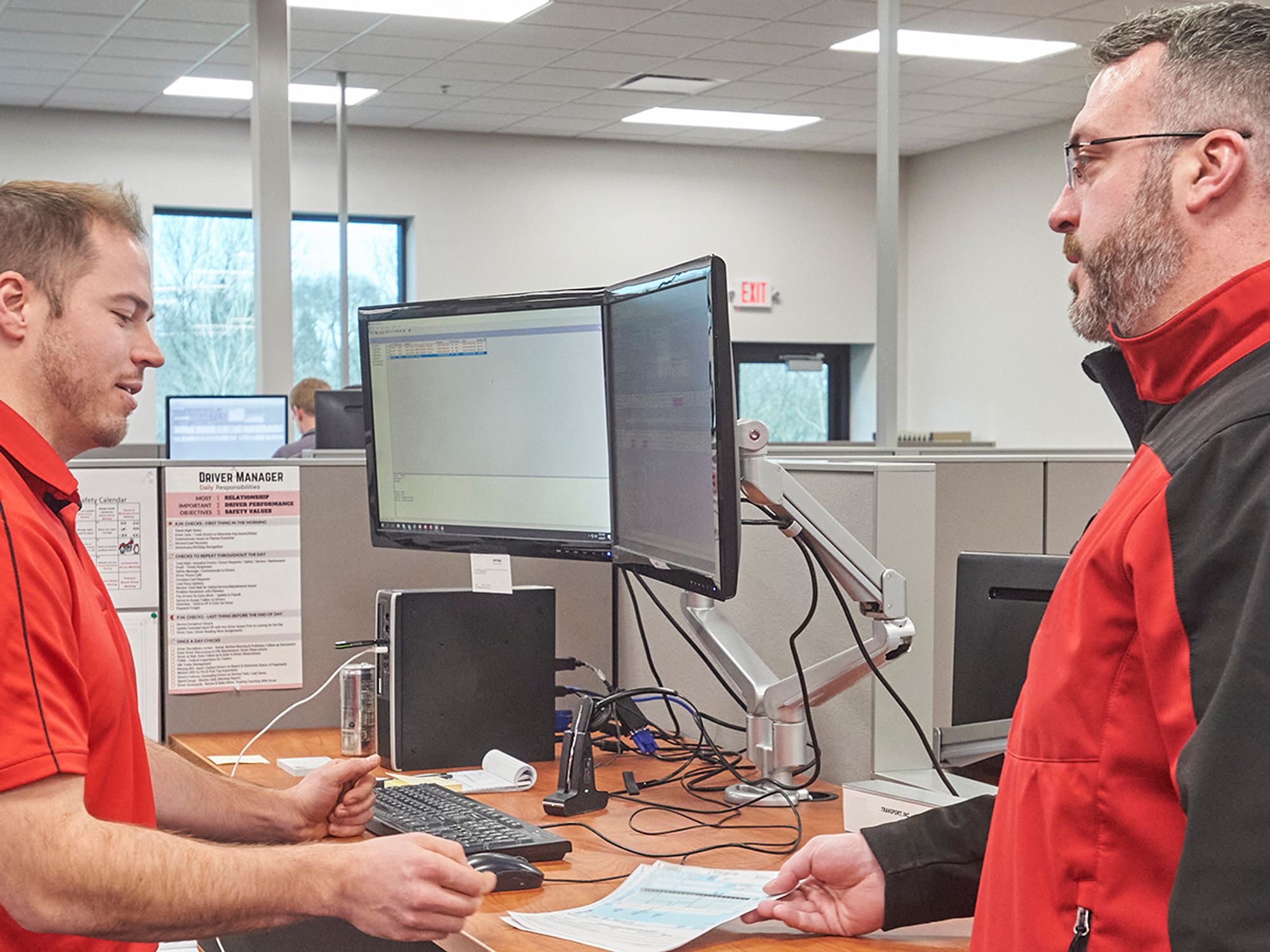Disposition of the vehicle inspection report

- The driver must deliver the vehicle inspection report to the carrier upon arrival at the next terminal or facility.
- If not scheduled to arrive at a terminal or facility within 24 hours, the driver must immediately mail, fax, or otherwise transmit the vehicle inspection report to the carrier.
- The carrier must review, sign, and indicate that all violations listed on a vehicle inspection report have been corrected and mail the completed form to the issuing agency within 15 days following the date of inspection.
The driver must submit the inspection report to the carrier. This must be done even if the inspection is passed with no violations. The carrier must then review it, sign it, indicate that all violations listed have been corrected, and return it to the issuing agency within 15 days. A copy of the report must be kept at the carrier’s place of business for one year following the inspection. (396.9(d))
Here is a step-by-step summary of the inspection report disposition process:
- The driver may not operate a vehicle that has been placed out of service until it is repaired and back into compliance, and the carrier has documentation that proves the repairs took place.
- The driver must deliver the vehicle inspection report to the carrier upon arrival at the next terminal or facility.
- If the driver is not scheduled to arrive at a terminal or facility within 24 hours, the report must be immediately sent to the carrier by mail, fax, or other means of transmission.
- The carrier must examine the report and correct any unresolved violations noted. When this happens, the driver is to either get the vehicle repaired during the day (in the case of an out-of-service violation, before operating the vehicle again) or note the defect on the Daily Vehicle Inspection Report (DVIR). If the vehicle is repaired before the end of the day, it does not need to be reported on the DVIR. However, there must be a record of the repair generated. This can be a statement from the driver, a receipt for parts or repairs, or a repair order (RO) showing the defect was repaired in-house.
- If the inspection report included a chassis provided by an intermodal equipment provider, the carrier must forward a copy of the inspection to the intermodal equipment provider.
- A motor carrier official (or an official at the intermodal equipment provider, if a violation involved an intermodal chassis provided to the carrier) must certify on the form that violations have been corrected and mail the completed form to the issuing agency at the address indicated on the form. This must be done within 15 days following the date of the inspection. Documentation proving the repair of out-of-service violations should be kept in the vehicle maintenance records (carriers and providers are required under 396.3 to either keep records or see that the records are kept and available at time of audit).
Maintenance manager follow-up
Frequently the report disposition process is handled by operations or safety personnel. However, the maintenance manager needs to be included in this process. The maintenance manager will need to track the vehicle violations and out-of-service orders to make sure required repairs are being performed.
The maintenance manager will also want to keep an eye on violation trends. If a certain type of vehicle is repeatedly receiving violations for brakes out of adjustment, there may be a systemic problem with that type of brake or a need to change the preventive maintenance scheduling for the vehicles equipped with those brakes.
